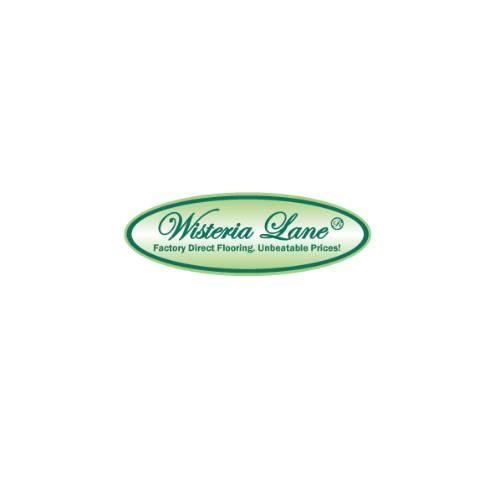LVT vs LVP Flooring: Which Is Right for Your Home?

When upgrading your home’s flooring, choosing the right material is key to balancing aesthetics, durability, and cost. Two popular options, luxury vinyl tile (LVT) and luxury vinyl plank (LVP), often spark debate due to their similarities and differences. At USFMHi, we’re diving into the LVT vs LVP flooring comparison to help you decide which suits your lifestyle and home design best.
Understanding Luxury Vinyl Tile (LVT)
Luxury vinyl tile is designed to mimic the look of natural stone or ceramic tiles. Available in square or rectangular shapes, LVT offers a sophisticated, tiled appearance with grout-like lines. Its construction includes a durable vinyl core, a high-resolution design layer, and a protective wear layer, making it resistant to scratches and stains. LVT is ideal for kitchens, bathrooms, or commercial spaces where a polished, tile-like aesthetic is desired.
Exploring Luxury Vinyl Plank (LVP)
Luxury vinyl plank, on the other hand, is crafted to resemble hardwood flooring. LVP comes in long, narrow planks that replicate the grain and texture of wood, offering a warm, natural look. Like LVT, it features a multi-layer construction for durability but focuses on wood-inspired designs. LVP is perfect for living rooms, bedrooms, or spaces where the cozy appeal of hardwood is preferred without the high maintenance.
Durability and Maintenance Comparison
Both LVT vs LVP flooring options are engineered for durability, with strong wear layers that resist scratches, dents, and moisture. LVT excels in high-humidity areas like bathrooms due to its tile-like properties, while LVP is equally water-resistant but shines in spaces prone to heavy foot traffic, like hallways. Both are low-maintenance, requiring only regular sweeping and occasional mopping, making them ideal for busy households.
Installation and Cost Differences
LVT and LVP are available in glue-down, click-lock, or loose-lay installation methods, offering flexibility for DIY enthusiasts or professionals. LVT may require more labor for intricate tile patterns, potentially increasing installation costs. LVP, with its plank design, often installs faster, saving time and money. Price-wise, both are cost-effective compared to natural stone or hardwood, with LVT slightly more expensive in some cases due to its detailed designs.
Aesthetic Versatility and Design Options
LVT offers a wide range of tile-inspired looks, from marble to slate, allowing for creative patterns like herringbone or basketweave. LVP focuses on wood grains, with options mimicking oak, maple, or exotic woods. Your choice depends on whether you prefer the sleek elegance of tile or the warm charm of wood. Both elevate home interiors with their realistic visuals and textures.
Making the Right Choice for Your Space
Choosing between LVT and LVP depends on your home’s needs and style. LVT is a top pick for moisture-prone areas or modern aesthetics, while LVP suits those seeking a timeless, wood-like ambiance. At USFMHi, we recommend assessing your space, budget, and design preferences to make an informed decision. Both options offer durability, affordability, and beauty, ensuring a stunning floor for years to come.
- Vibnix Blog
- Politics
- News
- Liberia News
- Entertainment
- Technology
- Éducation
- Art
- Causes
- Crafts
- Dance
- Drinks
- Film
- Fitness
- Food
- Jeux
- Gardening
- Health
- Domicile
- Literature
- Music
- Networking
- Autre
- Party
- Religion
- Shopping
- Sports
- Theater
- Wellness



